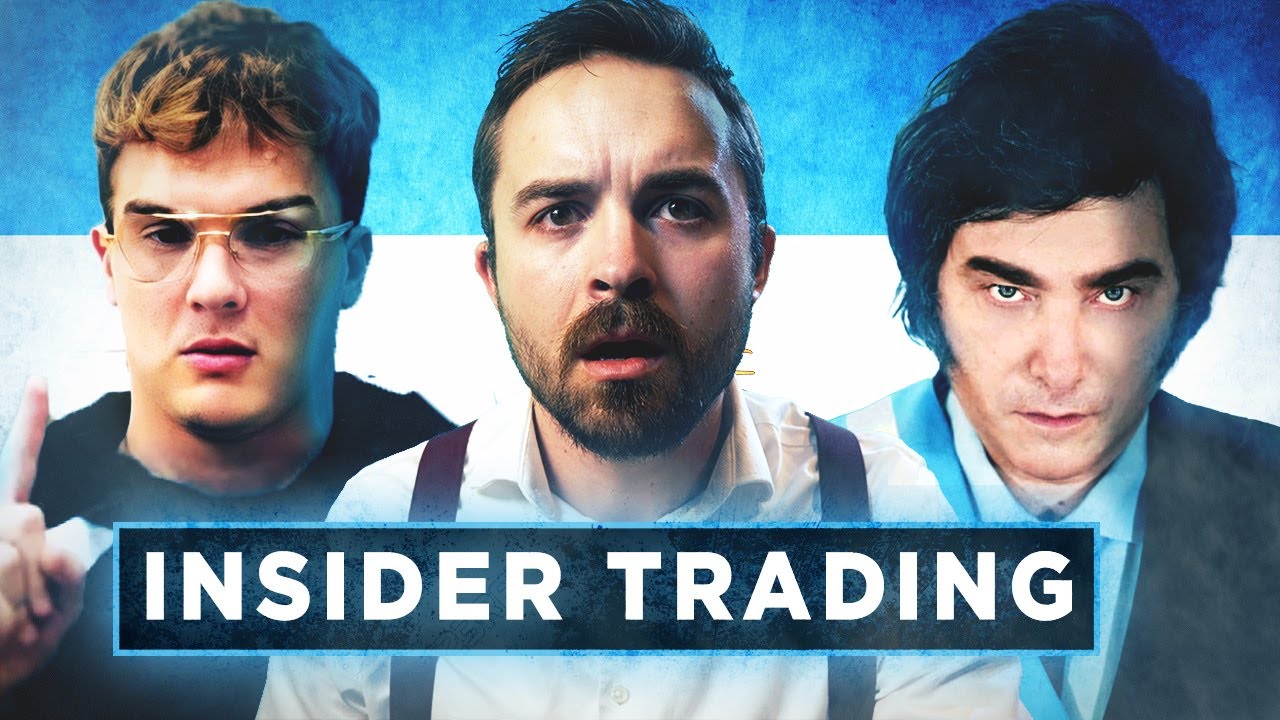As featured on Minecraft Servers Listing
#MineCrystal #1.20.1 #SMP #Custom

IP:play.minecrystal.co.uk
Discord:discord.gg/mrWyrctrax
FEATURES:
New Quarry System | 7 automatic mechanisms that can extract certain resources depending on their type.
Server Levels | Enjoy a new aspect of Survival by levelling up via the ranking system!
Claiming | Players can claim their own land and buy extra claim blocks in the Coin Shop!

Coin Shop | Let players spend coins on Chat Tags, Colors, Ranks & MORE!
Skills | Give players endless fun with 15x skills & perks to level up!
Teams | Ally with other players to compete with other teams. Strategize together to level up your team!
Playtime Levels | Reward based on your playtime!
Cosmetics | Buy from coin shop or server store.

Modern Version | This setup has been updated to 1.20.1, so you can enjoy the newest Minecraft features.
Custom Generation | Break away from basic Minecraft Generation and enjoy custom-generated terrain!
Temp-Fly | Give players limited flight time to allow them to build freely!
Arena | Players can fight each other nearby in the arena world!
Graves | When players die, their loot will be stored safely in graves.
Player Shops | Players can sell their items in chest shops to make some extra cash.
Backpacks | Let players carry more than their inventory permits. They can use backpacks to store their goodies away!
Lottery | Players can gamble their in-game currency in the lottery!
Quests | Keep players engaged on the server with 50 Quests!
Vote Rewards | Voting Rewards.
Shop | Buy & Selling Shop GUI with a balanced economy.
Sell Wands | players can purchase Sell Wands to ease their gameplay!
Daily Rewards | Give players a reason to log in daily and increase retention on your server!
Vote Party | Reward players for voting & being online with a VoteParty.
AFK Zone | Give back to AFK players with a reward pit for them to stay and earn rewards!
Leaderboards | Compete against fellow players with leaderboard holograms at spawn!
Auction House | Players can sell items to other players with the Auction House.
We are not a pay to win server ranks coins rewards are available to all!!





















